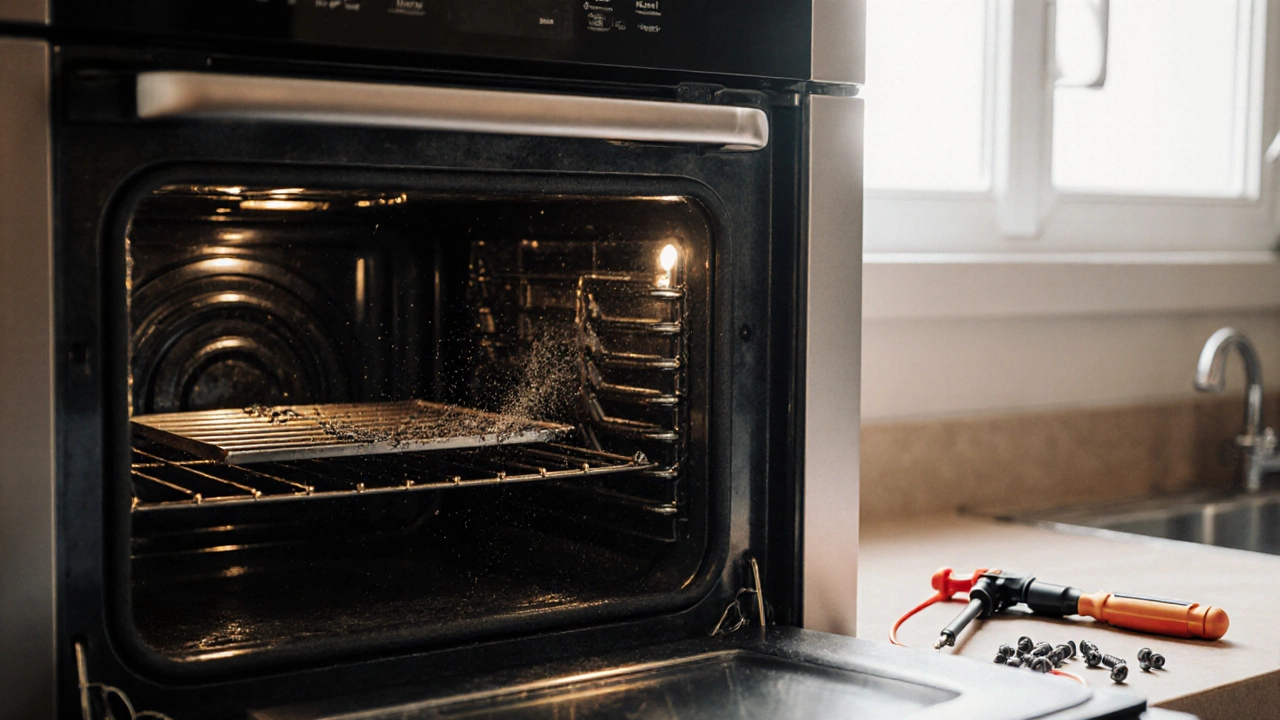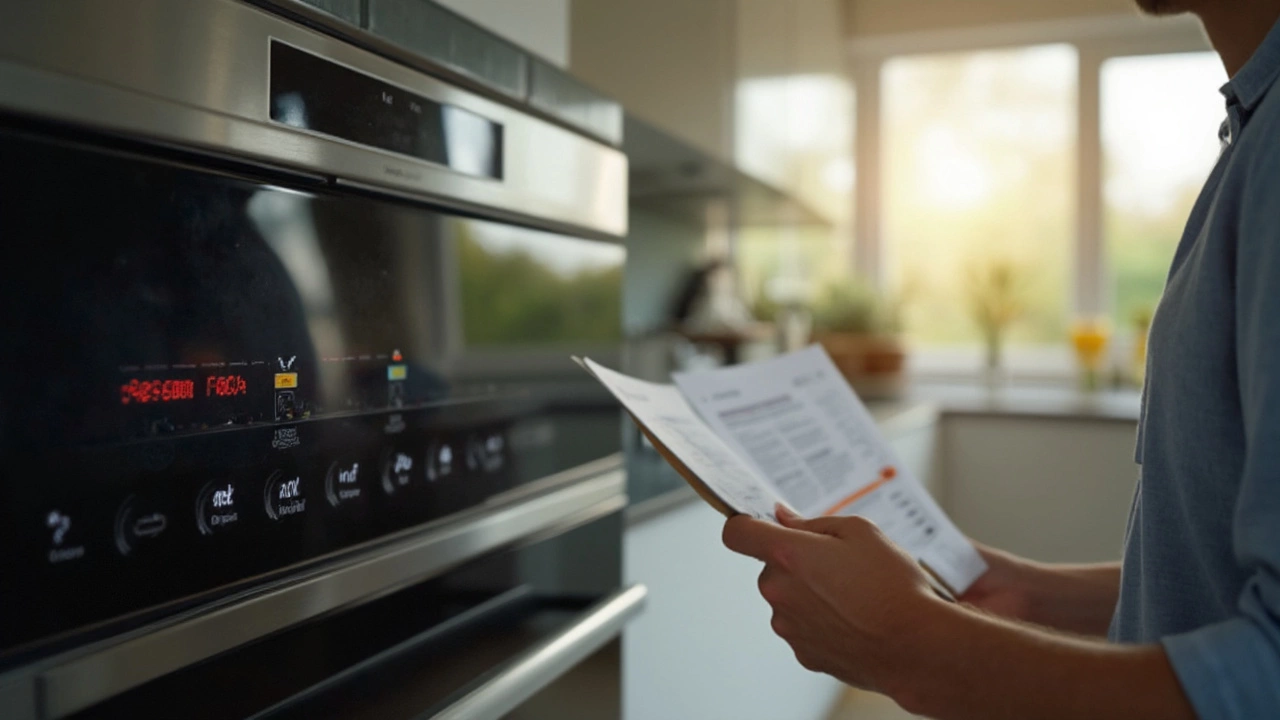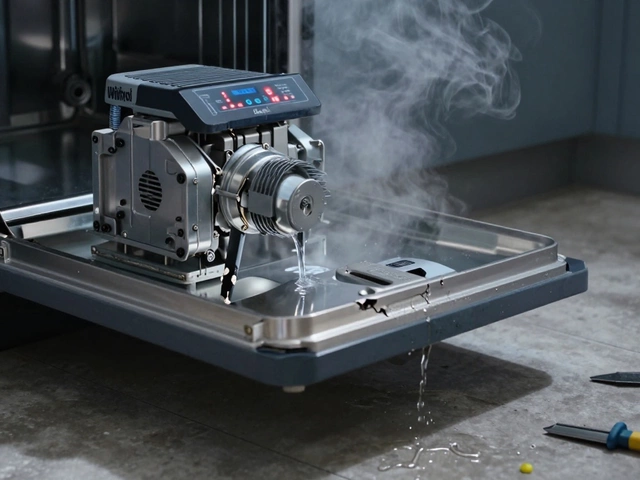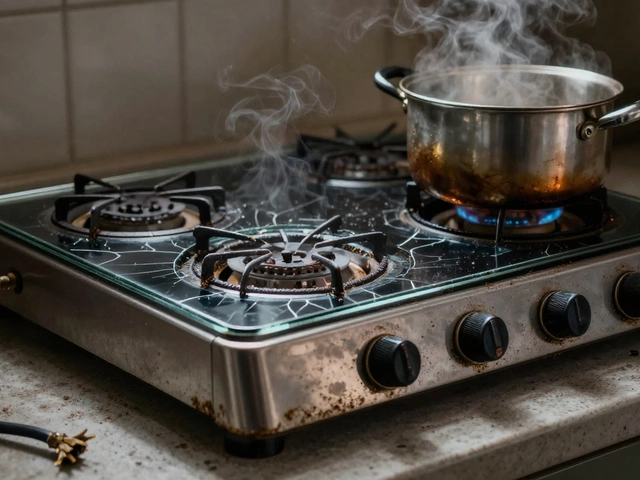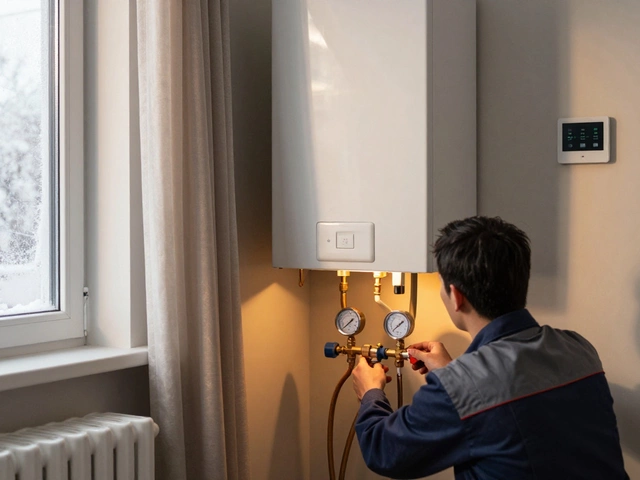Oven Not Working? Get Fast Fixes & When to Call a Pro
If your oven won’t heat, you’re probably annoyed, hungry, and wondering if it’s worth a repair. The good news is many issues are easy to spot and fix yourself. Below you’ll find the most common culprits, quick checks you can do at home, and clear signs it’s time to bring in a qualified technician.
Common Reasons Your Oven Stops Heating
First thing to look at is the power. Make sure the oven is plugged in and the circuit breaker hasn’t tripped. A blown fuse or a tripped RCD can make it seem like the oven is dead, but a quick reset often solves the problem.
Next, check the bake and broil elements. Over time they can crack, burn out, or get covered in grease. A visual inspection—look for discoloration or a broken coil—will tell you if the element needs replacing. Most ovens have two elements; if one is fine and the other isn’t, you’ll get uneven heat or no heat at all.
Thermostat or temperature sensor issues are another frequent cause. The sensor is a thin metal rod inside the oven cavity that tells the control board how hot it is. If it’s damaged or dirty, the oven may think it’s already at the right temperature and shut off the heat. Unplug the oven, locate the sensor (usually at the back wall), and give it a gentle clean with a soft cloth.
Modern ovens also use a control board to manage heating cycles. If the board is faulty, the oven might not receive the signal to turn on the elements. This is harder to diagnose yourself, but if you’ve ruled out power, elements, and the sensor, the board is a likely suspect.
DIY Steps Before You Call a Technician
1. Reset the oven. Turn it off at the wall, wait a minute, and turn it back on. Some models have a reset button—use it if you have one.
2. Clean the oven interior. Burnt food can damage the sensor or cause the thermostat to read the temperature incorrectly. A quick wipe‑down with a mild cleaner can prevent false readings.
3. Test the heating elements. With the oven unplugged, use a multimeter set to continuity. Touch the probes to each terminal; a steady beep means the element is good. No beep? Replace the element.
4. Inspect the door seal. A broken gasket lets heat escape, making the oven work harder and sometimes shut off early. If the seal is cracked or warped, swap it out.
5. Check for error codes. Many newer ovens display a code when something goes wrong. Look up the code in your user manual; it often points straight to the faulty part.
If after these steps the oven still won’t heat, it’s probably a control board or a more complex wiring issue. That’s when you should call a professional—especially if you’re not comfortable handling electricity.
When you do call a repair service, have these details ready: oven make and model, any error codes you saw, and which DIY checks you’ve already performed. This helps the technician diagnose the issue faster and can save you money.
Remember, regular maintenance—cleaning the interior, checking seals, and keeping the oven level—keeps many problems from showing up in the first place. A little preventive care goes a long way toward a reliable oven and fewer surprise repair bills.
Are Ovens Easy to Fix? Realistic Answers for Homeowners
- Alden Wilder
- Nov 15 2025
- 0 Comments
Electric ovens aren't easy to fix for most homeowners. Learn which problems you can handle yourself, which require a pro, and when it's smarter to replace your oven instead.
View MoreOven Control Board Problems: How to Tell If Yours Is Bad
- Alden Wilder
- May 29 2025
- 0 Comments
Wondering if your oven's control board is shot? This guide breaks down real-world signs of a bad oven control board, how to catch the symptoms early, and which fixes you can try at home before calling in a pro. Learn what common problems look like, how to do some simple tests, and discover why these issues pop up in the first place. Find out which warning signs you really shouldn’t ignore. You'll be ready to take action without wasting time or money.
View More